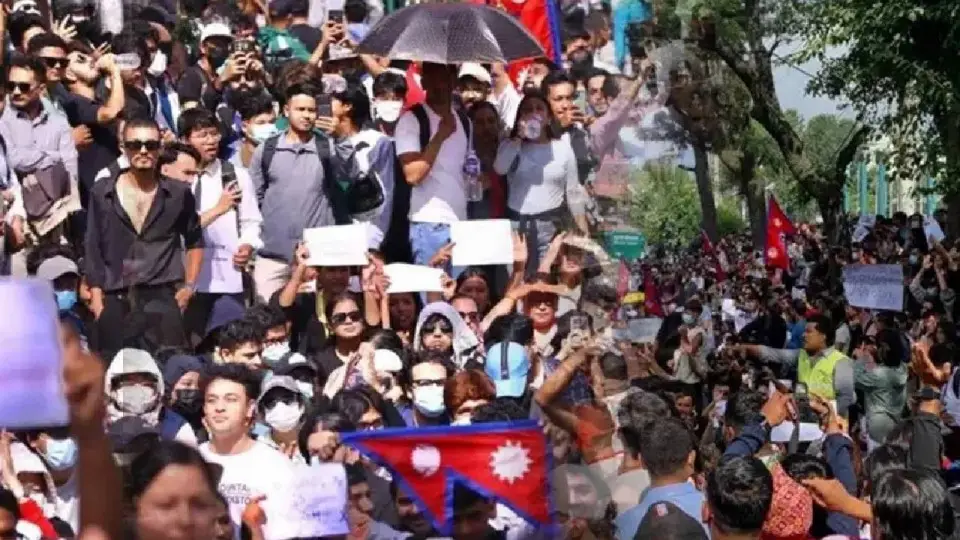
NEPAL
International: Nepal is witnessing a rare and powerful movement led by Generation Z. The sudden social media ban has not only silenced voices online but also hit education, businesses and daily communication. Young entrepreneurs lost their markets, students lost access to learning platforms, and families abroad struggled to stay in touch. The police crackdown that killed nine only added fuel to the fire. Videos exposing political privilege versus common struggles went viral, uniting young people further. With hashtags trending globally, Nepal’s crisis has entered international focus. The Oli government now faces the toughest challenge of its political career.
The government banned 26 apps including Facebook, Instagram, YouTube and WhatsApp overnight, leaving millions disconnected. This move came without public consultation, shocking citizens who relied heavily on these platforms. The suddenness made people feel silenced and ignored. Many called it an attack on freedom of speech. Students, workers, and families alike said the decision created unnecessary panic. The ban also showed how unprepared the government was to manage digital rights.
Families abroad couldn’t connect easily, and online learning tools like YouTube became unavailable for students. Many migrant workers in Gulf countries struggled to talk to their families. People said expensive international calls are no replacement for free digital contact. Children missed talking to their parents on video calls. Emotional bonds suffered because technology was cut off without warning. Critics said the ban hurt the poorest most, who could not afford alternatives.
Thousands of young entrepreneurs selling products on Instagram or Facebook lost their main platforms. Online sellers of clothes, art, food and services saw orders collapse overnight. For many, social media was their only income source, now completely blocked. Families depending on home-based businesses were suddenly left with zero earnings. Many said this will push youth back into unemployment. Experts warned the move could shrink Nepal’s growing digital economy.
Students dependent on GitHub, YouTube and online study groups were badly affected. University students said coding, research and tutorials stopped suddenly. Many feared their exams and projects would suffer because digital resources were taken away by force. Teachers complained they could not reach students effectively. Rural students, already struggling, were hit the hardest. Education experts warned of a “digital blackout” that could hurt a whole generation.
When youth marched to Parliament, police used tear gas, water cannons and bullets, killing nine. The violence shocked the entire nation and made protests fiercer. People said the government treated students like criminals instead of listening to their concerns. Families of victims demanded justice and accountability. Human rights groups condemned the use of force. Instead of calming tensions, the crackdown only expanded the protests.
Young people linked the ban with wider frustration about joblessness and government corruption. They accused leaders of ignoring real problems like inflation and lack of opportunities. For many, the ban became a symbol of failed governance. Graduates said they see no future in Nepal. Corruption scandals involving politicians added fuel to the anger. Protesters demanded not just internet rights but also long-term reforms.
Videos comparing ministers’ children’s luxury lives with poor students’ struggles went viral on TikTok. Expensive cars, parties and foreign trips contrasted with unemployed youth. This angered protesters who demanded accountability from leaders living lavishly while common citizens suffered. Social media played a key role in spreading these images. The contrast between rich and poor fueled resentment. People asked why leaders enjoy privileges while ignoring public pain.
Only people below 28 joined, many wearing school uniforms to show this was a students’ fight. The protest felt disciplined but passionate. It symbolized a new generation ready to challenge authority when their freedom and future are threatened. Young women participated equally, showing inclusivity. Protesters coordinated despite internet restrictions, proving resilience. The unity of Gen Z was seen as a turning point in Nepal’s politics.
#RestoreOurInternet and #GenZProtest trended worldwide, drawing attention to Nepal’s crisis. International media started covering the movement. Global youth expressed solidarity, making Nepal’s protest a digital revolution despite the ban itself. Students from India and Bangladesh shared similar struggles. NGOs urged Nepal to protect digital rights. The issue became an international debate on freedom of the internet.
Prime Minister Oli faces protests outside and rebellion inside his party, with curfew and army on streets. Critics say his position is weaker than ever. If the ban continues, experts warn Nepal could see even bigger unrest in the coming days. Rumors of resignations within his party have spread. Opposition leaders are demanding immediate policy changes. The government’s credibility now hangs by a thread.
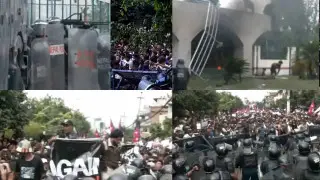
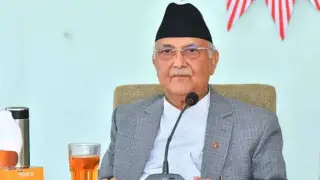
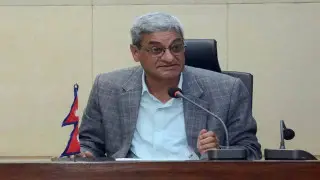
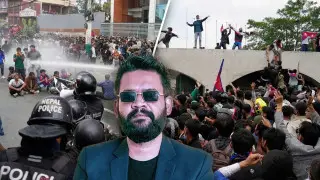
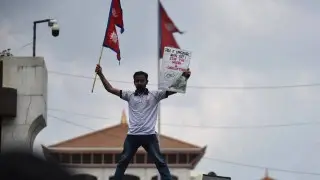








Copyright © 2025 Top Indian News
